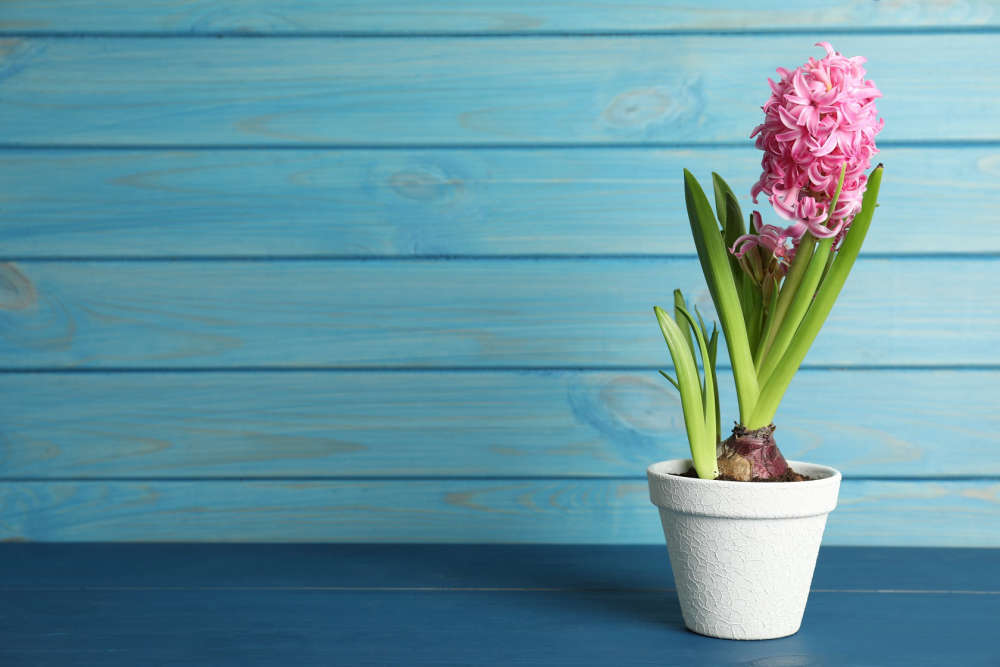
The shorter days are here, but a succession of potted indoor bulbs will give your home colour and cheer throughout winter.
When planting bulbs for indoor displays, choose the containers carefully – they’ll be on show just as much as their contents. Don’t limit yourself to conventional flowerpots. Flea markets and charity shops are great hunting grounds for quirky containers; search out vintage ceramic bowls, teacups and tureens – even forlorn teapots with missing lids can be repurposed!
Note the potential height of the bulbs. Larger and taller plants require bigger containers – for aesthetic appearance and also practical stability. Some containers aren’t reliably watertight. Use glazed saucers and protective mats on vulnerable surfaces, or group several containers together on a waterproof tray. Top-dressing the soil with coloured gravel gives a sleek, contemporary look, or use moss or chipped bark to create a rustic theme. Heavy-headed hyacinths and tall narcissi will require support from bamboo canes or twigs.
If the container has drainage holes, use ordinary multi-purpose potting compost, adding a handful of grit to aid drainage. For those without holes, bulb fibre is preferable. This super-absorbent material is made from shredded coir and wood. It provides a uniformly moist growing medium that prevents water ‘pooling’ around the bulbs and damaging the roots.
Some bulb packets, (typically narcissi and hyacinths) are labelled, ‘prepared’. This means the bulbs have been artificially subjected to a period of cold in an industrial chiller. Pre-chilling manipulates the growth cycle; the bulbs think winter has already occurred and start into rapid ‘springtime’ growth when planted. Prepared bulbs will reliably flower around Christmas time. They’re expensive, but don’t assume you can save money by purchasing standard bulbs and administering the cold treatment yourself. A domestic fridge has a damp atmosphere and the bulbs will probably rot. There’s nothing worse than the stench of rotting bulbs – the aroma lingers for days. Trust me…
With forward planning, you can have a succession of bulbs from December through to April. Following on from the ‘prepared’ types, choose narcissi that are naturally early to flower. Try ‘Cragford’, ‘Soleil D’or’, ‘Avalanche’ and the aptly-named ‘Erlicheer’ for colour throughout January and February. For later blooms, ‘Silver Chimes’, ‘Cheerfulness’ and the gorgeous, but stupidly-named ‘Geranium’ extend the season to Easter and beyond.
Tiny containers will hold enough soil for a cyclamen corm, or a few muscari, snowdrop or crocus bulbs. These dainty spring beauties cannot easily be forced. Once potted, keep them outside in a sheltered spot and bring indoors when they are on the point of flowering.
An indoor environment is challenging for spring bulbs, but they’ll stoically cope, so long as they’re kept away from direct heat sources. After flowering, take them outside and feed with a general-purpose fertiliser. When the foliage has died down, they can be planted out into a border, where they will continue to provide colour for years to come.

 How to Create 3D Walls in Your Home
How to Create 3D Walls in Your Home
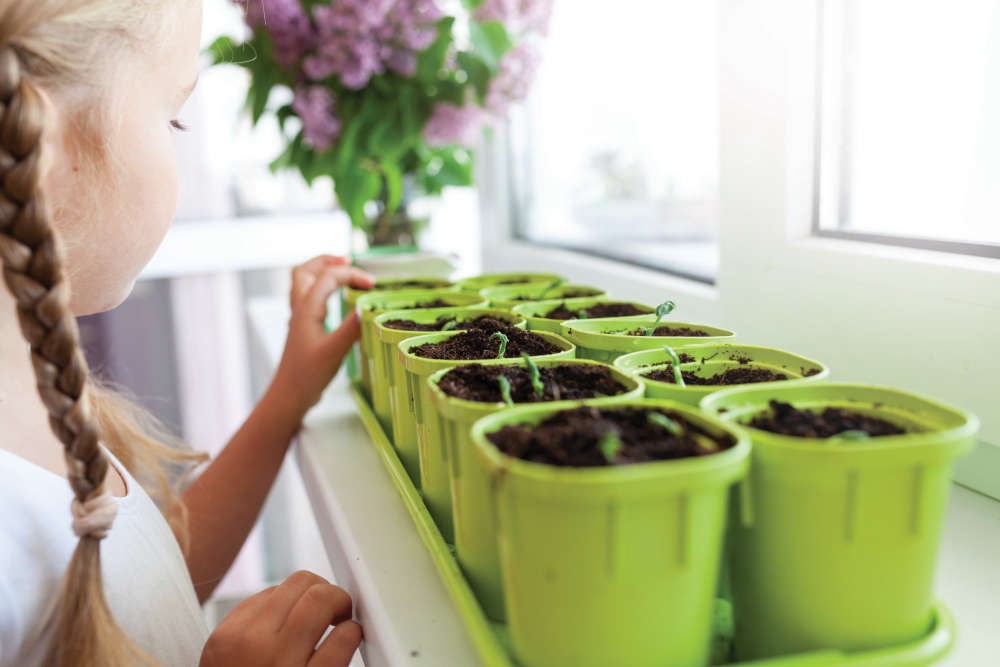 Blooming Times: Spring Fever
Blooming Times: Spring Fever
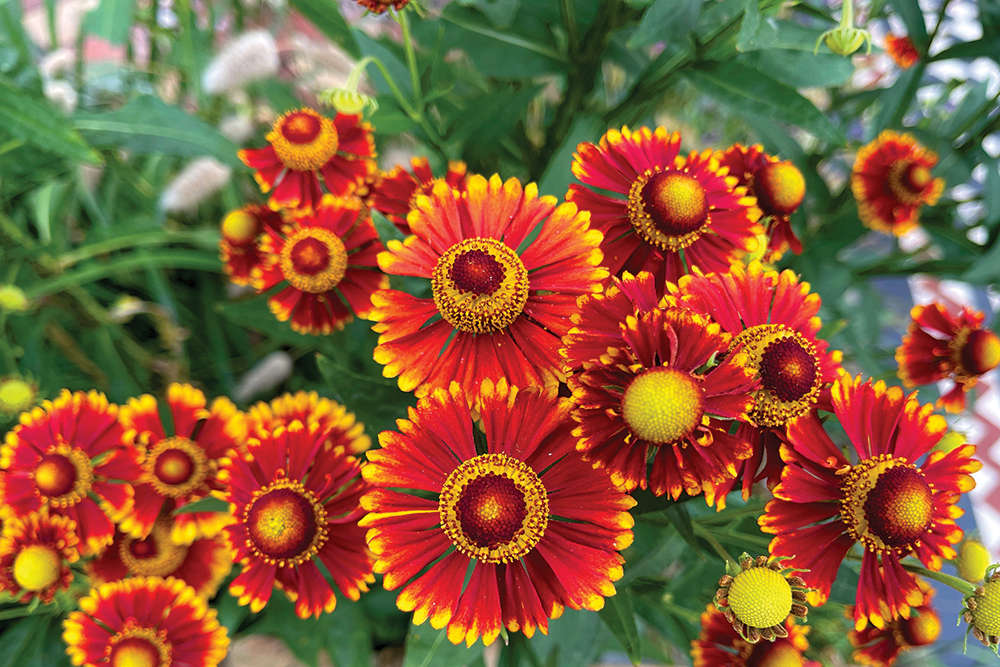 Blooming Times: What's in a Name?
Blooming Times: What's in a Name?
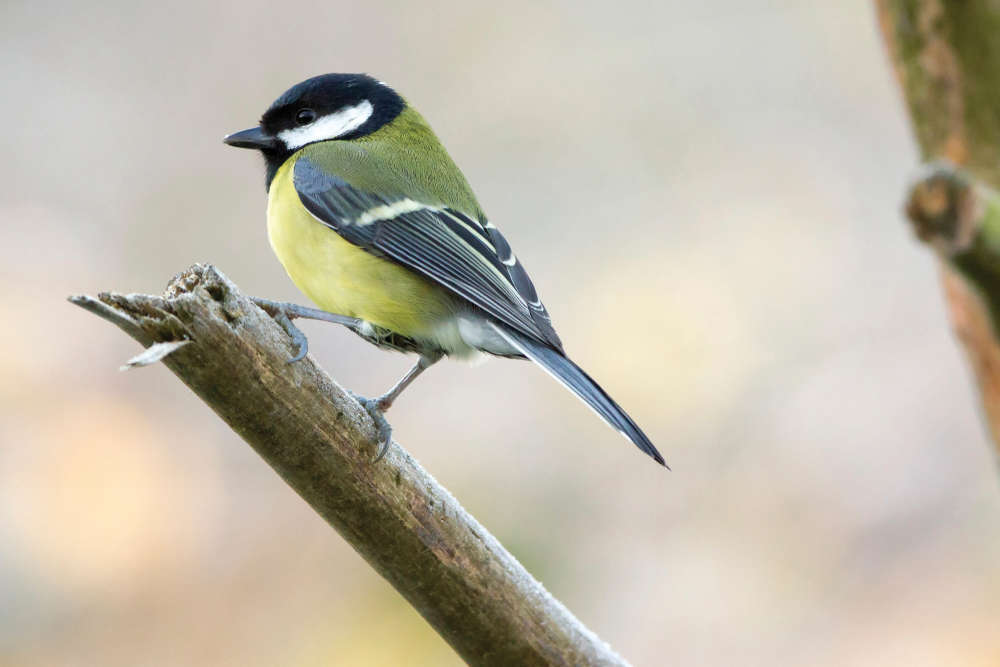 Top 10 Garden Birds to Spot on the Isle of Wight
Top 10 Garden Birds to Spot on the Isle of Wight
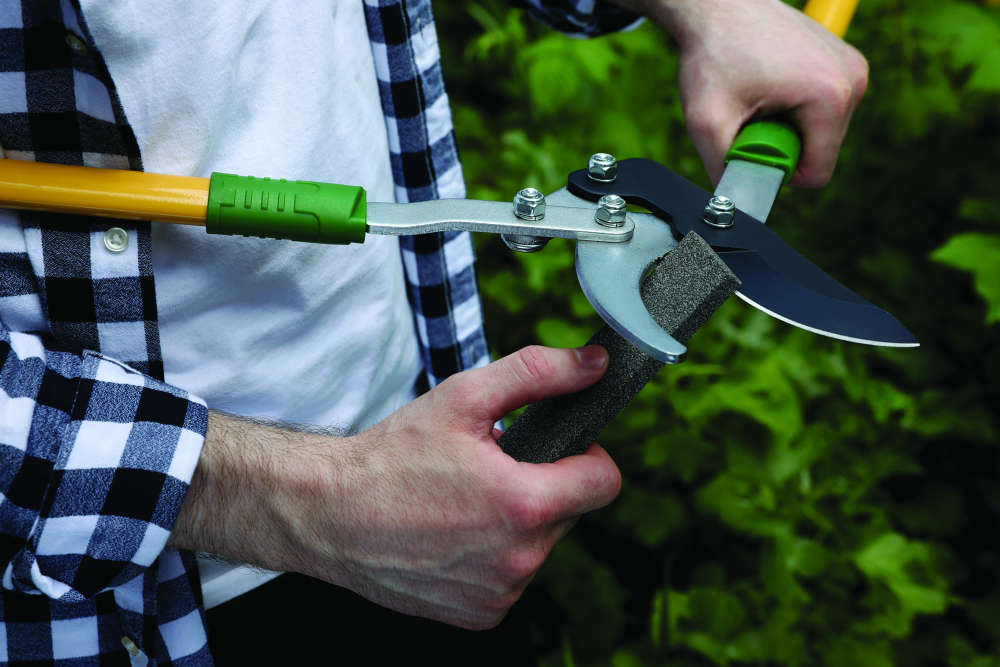 The Best Christmas Gifts for Gardeners
The Best Christmas Gifts for Gardeners
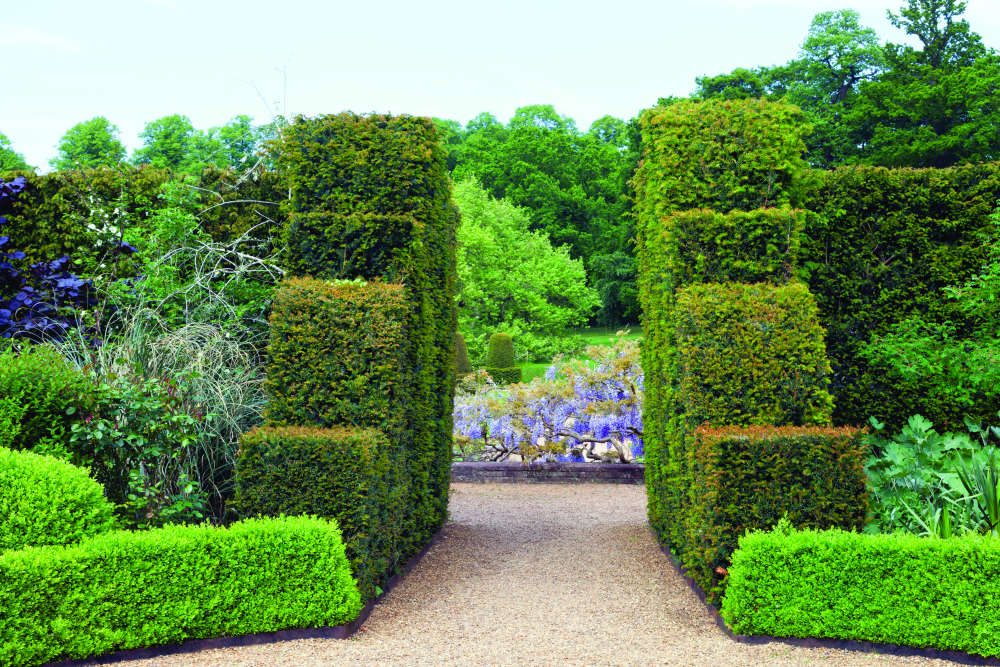 Gardening: The Benefits of Hedges
Gardening: The Benefits of Hedges
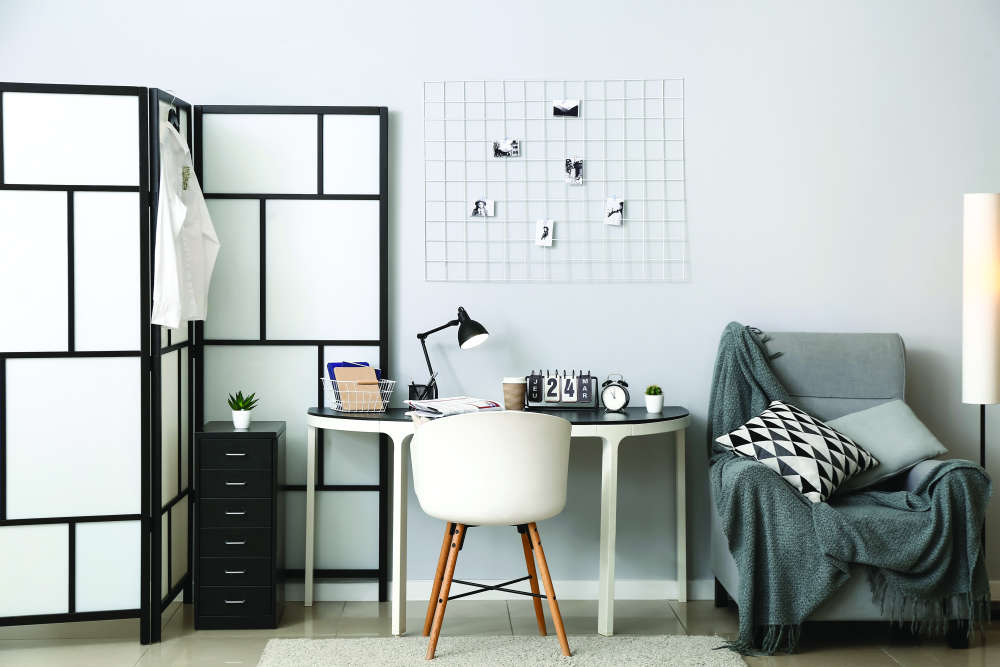 How to Create a Happy Home Workspace
How to Create a Happy Home Workspace
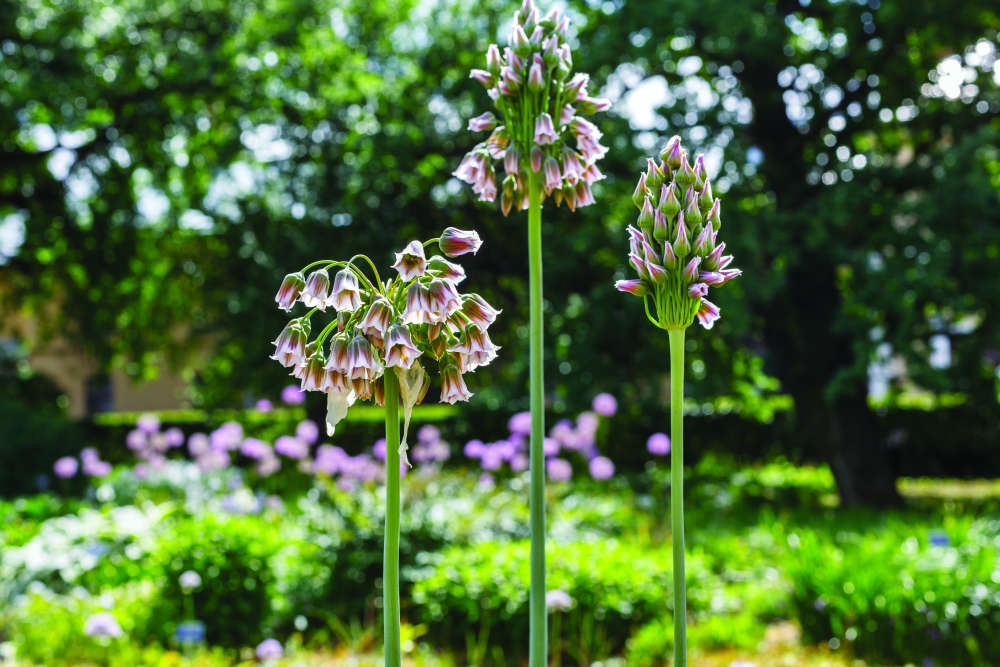 Now's the Time to Plant Alliums for a Spectacular Display Next Year
Now's the Time to Plant Alliums for a Spectacular Display Next Year
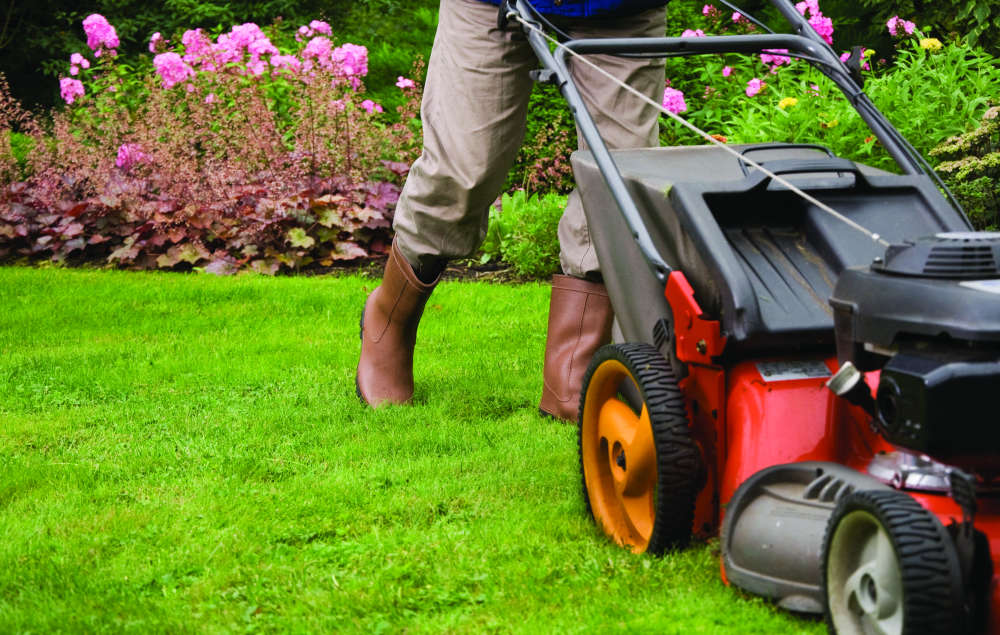 Gardening Facts or Fictions?!
Gardening Facts or Fictions?!
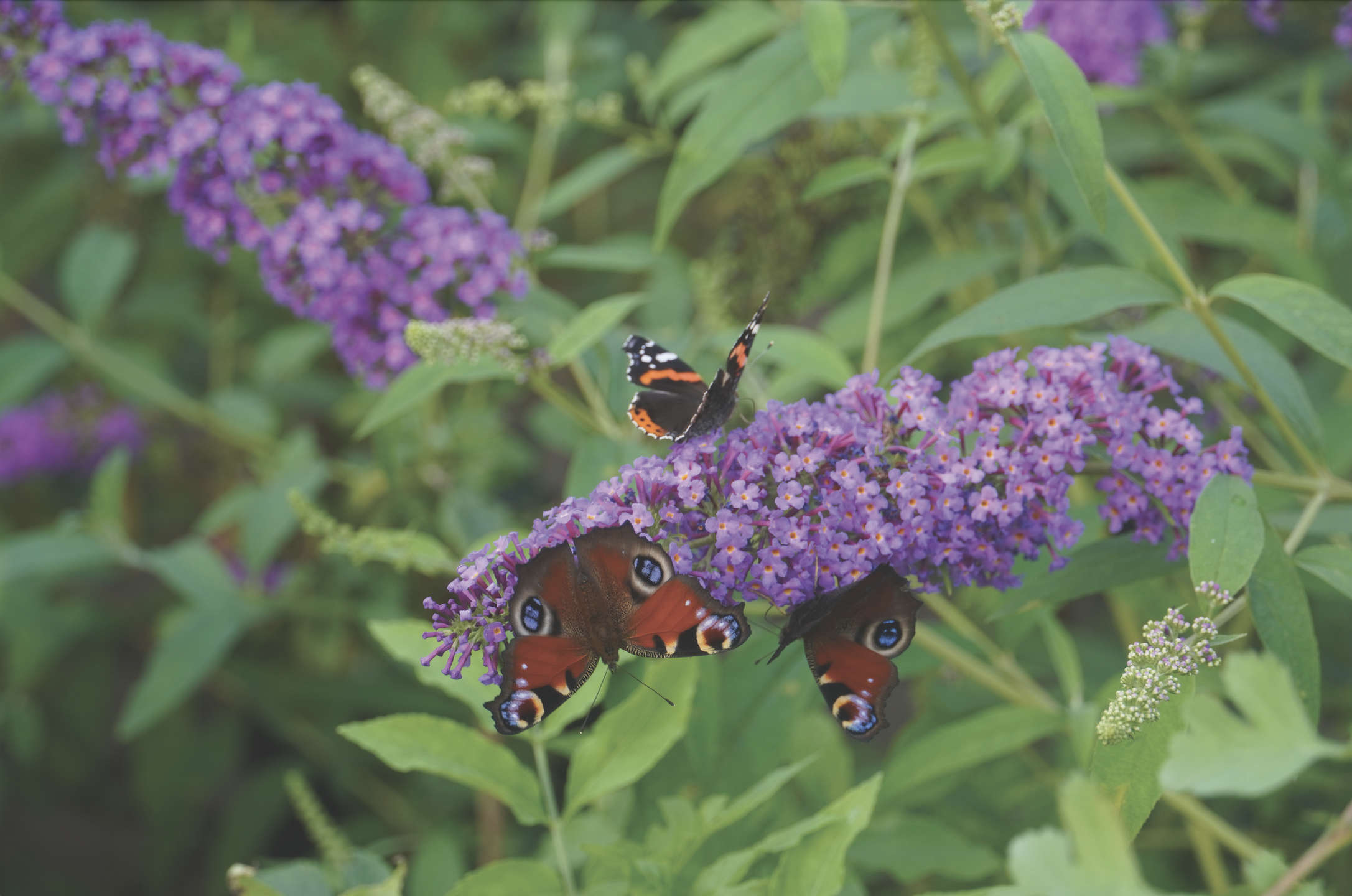 Fill The Gaps in Your Garden With Stunning Shrubs
Fill The Gaps in Your Garden With Stunning Shrubs
 Summer in the Garden: The Alan Titchmarsh Column
Summer in the Garden: The Alan Titchmarsh Column
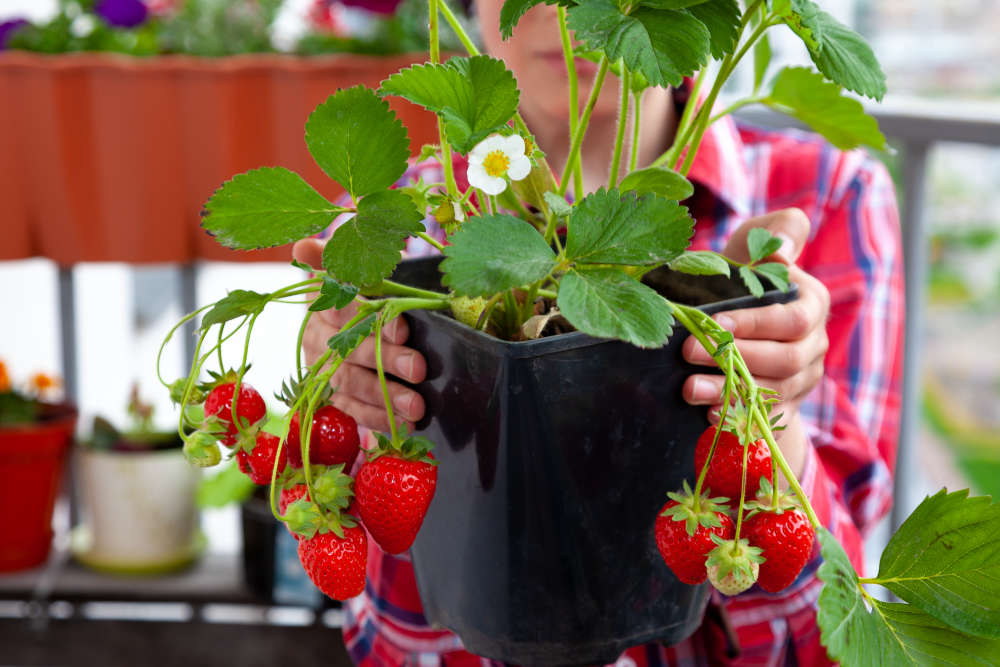 Grow Your Own Strawberries
Grow Your Own Strawberries
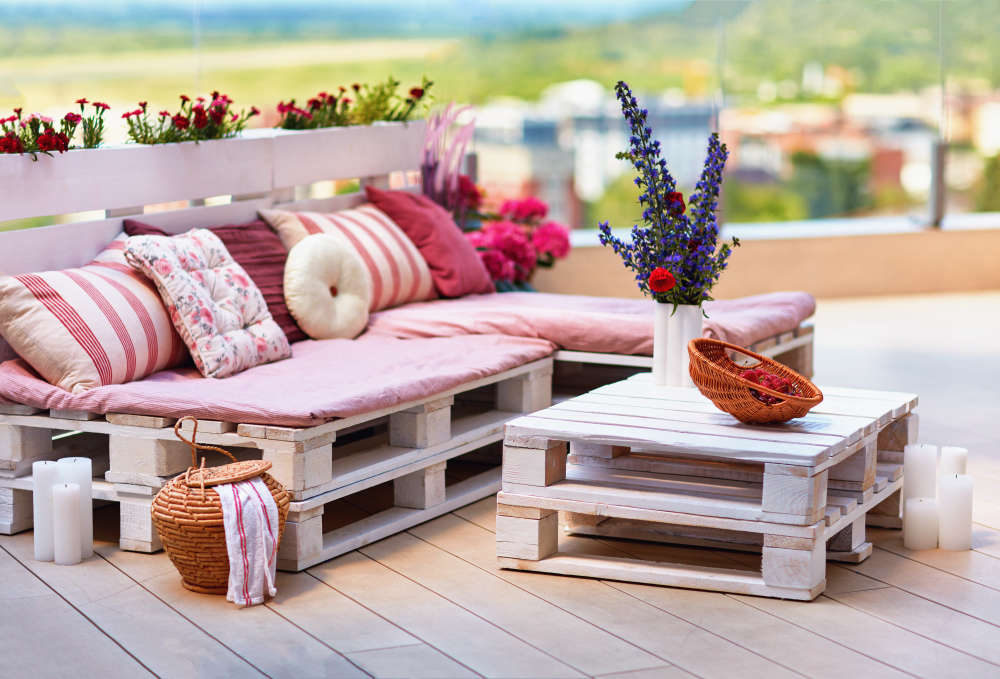 How to Make a Garden Sofa Out of Pallets
How to Make a Garden Sofa Out of Pallets
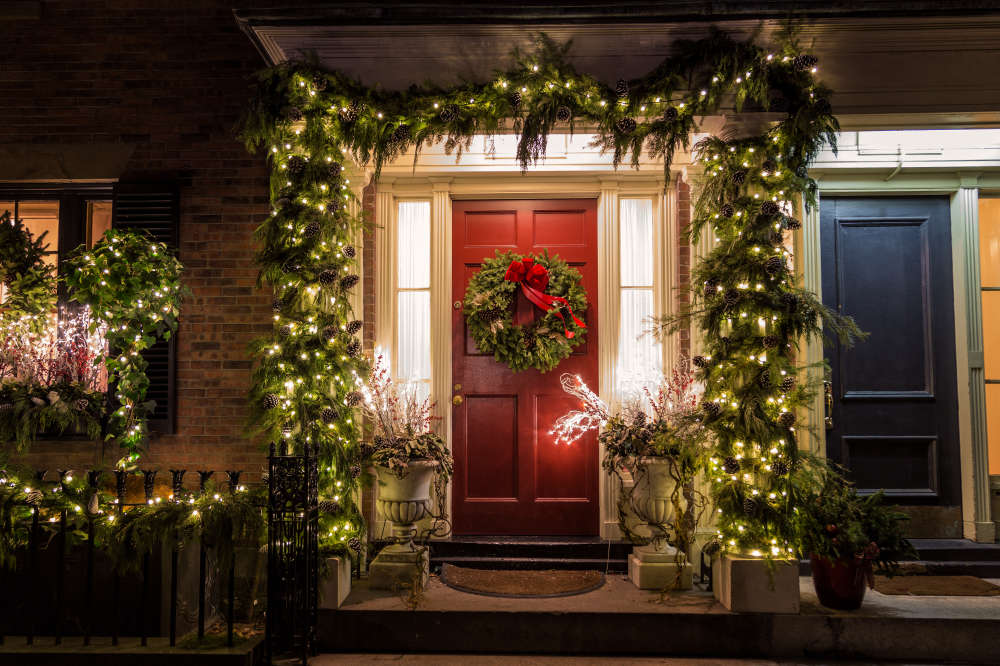 How to Create a Festive Garden
How to Create a Festive Garden
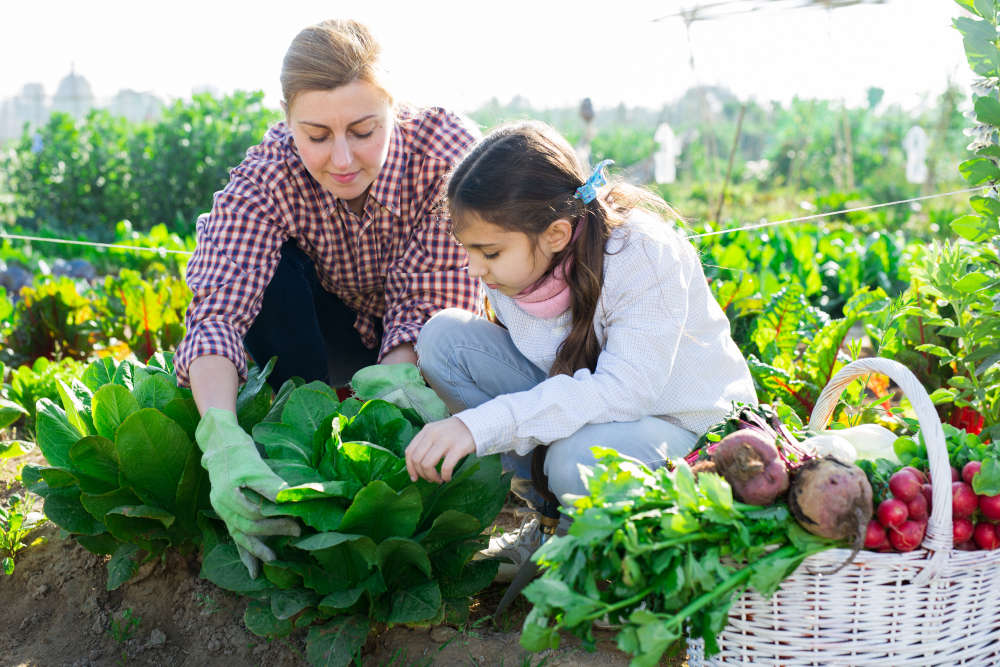 The Alan Titchmarsh Column: The Next Generation of Green-Fingered Gardeners
The Alan Titchmarsh Column: The Next Generation of Green-Fingered Gardeners
 The Changing Seasons By Alan Titchmarsh
The Changing Seasons By Alan Titchmarsh
 Alan Titchmarsh Talks Of Common Mistakes Gardeners Make
Alan Titchmarsh Talks Of Common Mistakes Gardeners Make
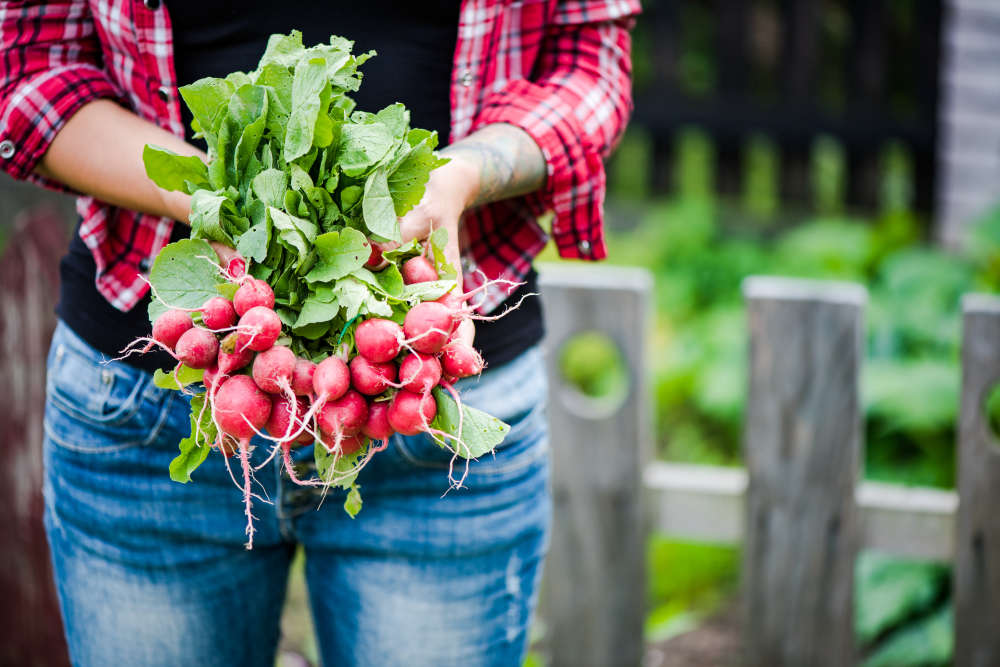 How to Grow Incredible Edibles
How to Grow Incredible Edibles
 Why Many Plants Prefer Life In The Shade
Why Many Plants Prefer Life In The Shade
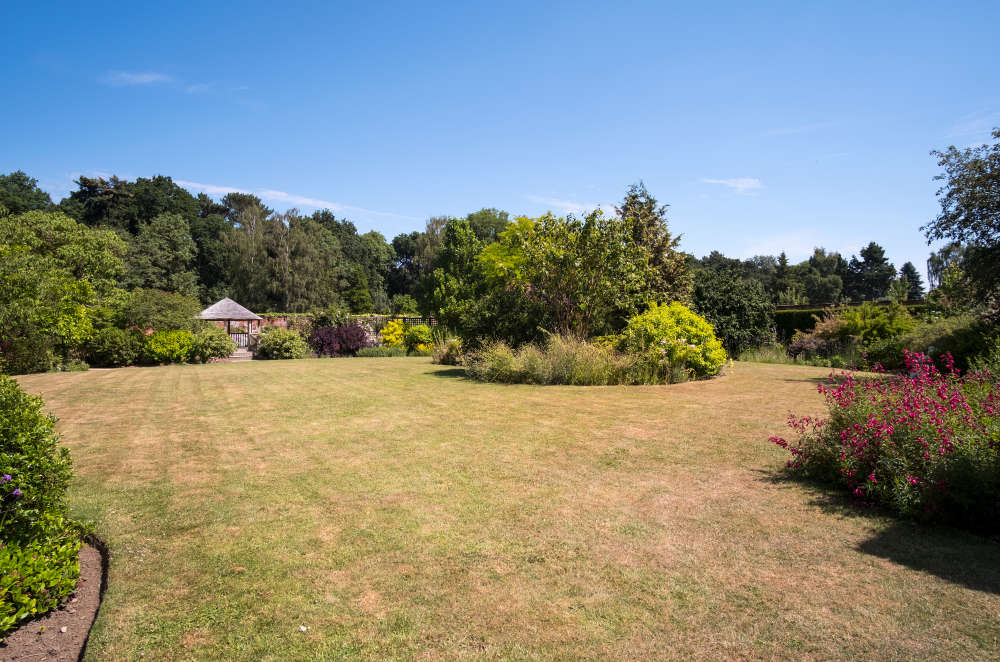 How to Revive Your Garden After the Long Hot Summer
How to Revive Your Garden After the Long Hot Summer